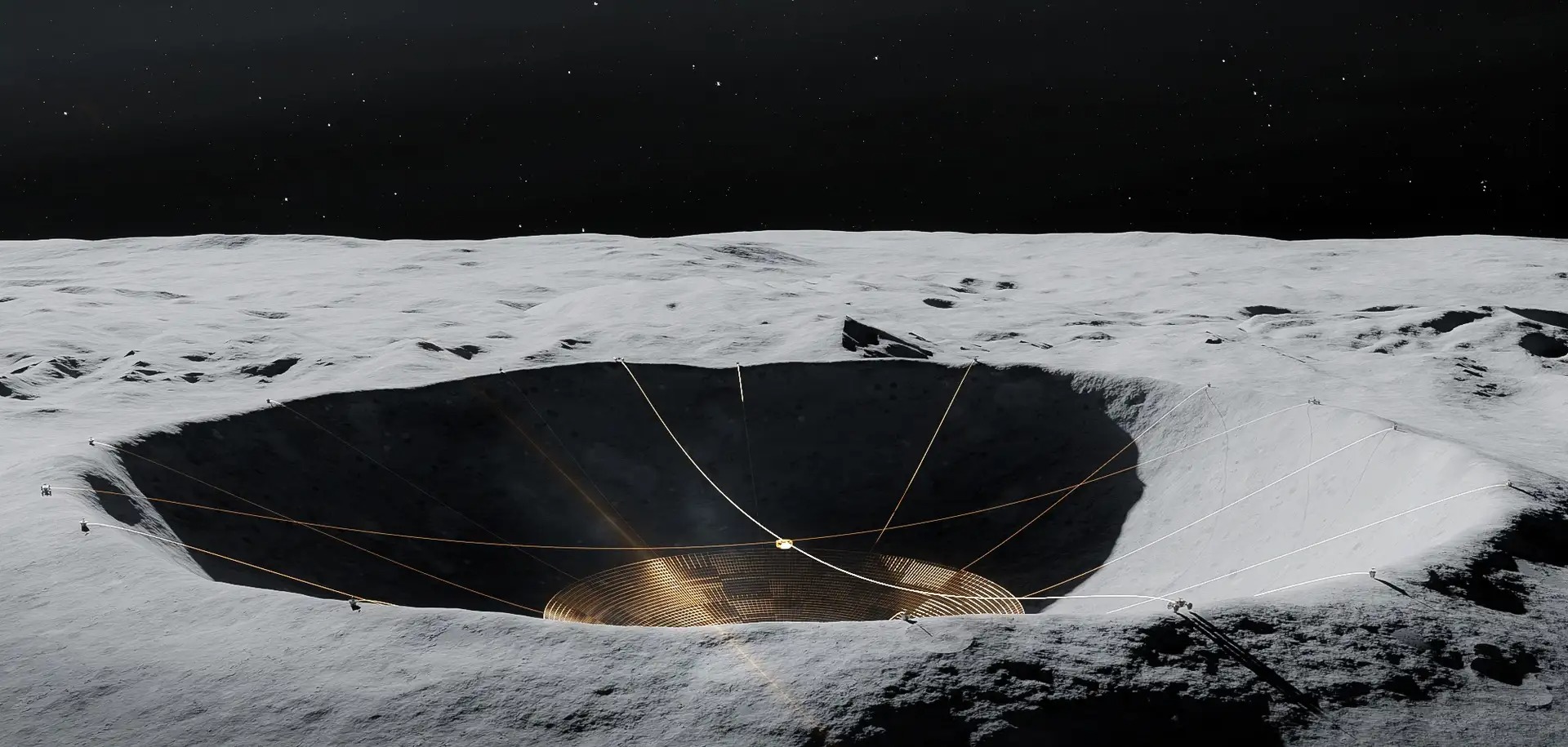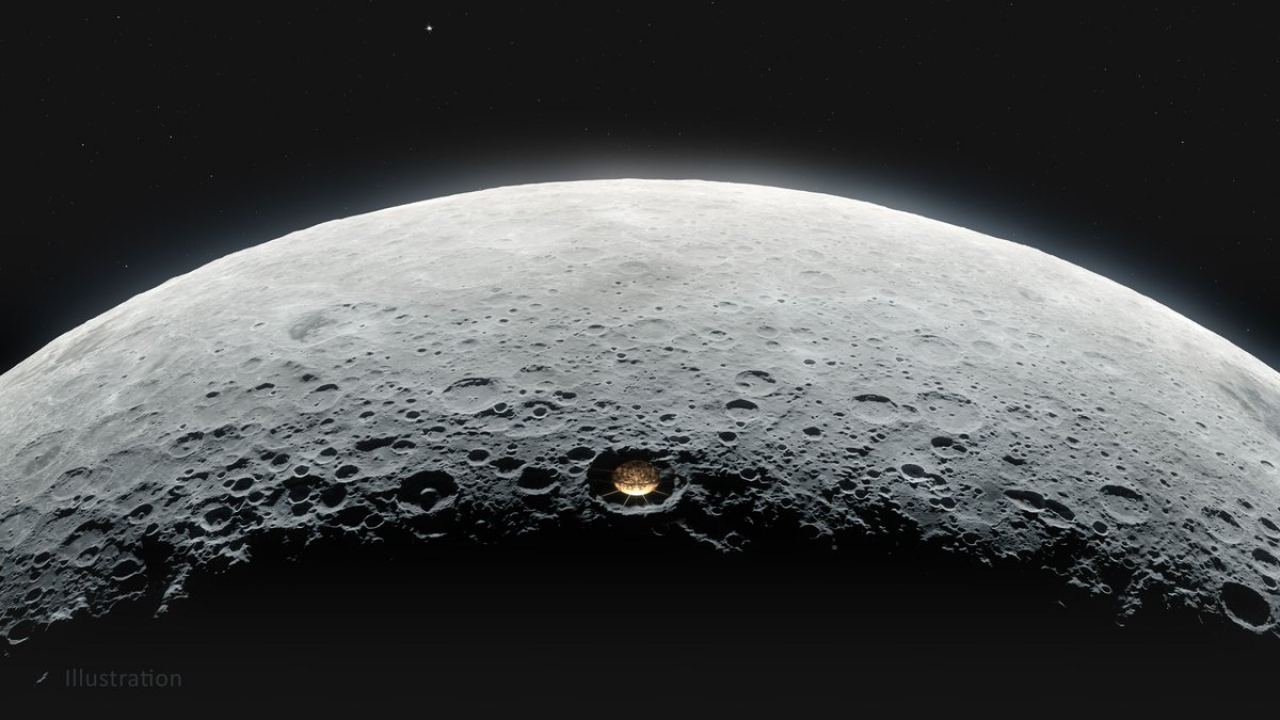The far side of the Moon will soon be used by scientists to look into the ancient past of the Universe. For this, NASA, in cooperation with the Brookhaven and Lawrence Berkeley National Laboratory of the US Department of Energy and the Space Science Laboratory of the University of California at Berkeley, plan to build a lunar observatory called Lunar Surface Electromagnetics Experiment-Night (LuSEE-Night).

The radio telescope will be placed on a commercial robotic lander that will descend to the far side of the Moon at the end of 2025. After it touches the far side of the Moon, it will try to collect the first of its kind measurements from the “dark ages” of the Universe. On the far side of the Moon, LuSEE-Night will use onboard antennas, radios and spectrometers to measure weak radio waves from the deep past in search of what scientists call a Dark Ages Signal.
The Dark Ages are the period of the early Universe, approximately 400,000 to 400 million years after the Big Bang, long before stars and galaxies began to fully form.

NASA does not expect breakthrough discoveries from LuSEE-Night. This spacecraft is being developed primarily to pave the way for more ambitious instruments in the future. According to the team members, a larger project can shed light on such big cosmic questions as the nature of dark energy and the formation of the Universe.
Total silence
The far side of the Moon is a great place to search for weak signals in total silence, since the Earth will not interfere with scientific work with its radio noise. However, a distant place also creates other problems.
The far side of the Moon is sometimes mistakenly called the “dark side”, but this is not so – it also has a change in the cycle of day and night, which lasts about 14 Earth days. Temperatures on the far side of the Moon range between about +121°C to -173°C. Therefore, the LuSEE-Night must be designed in such a way as to withstand two weeks of intense exposure to the Sun during a lunar day, and also remain in working condition during two weeks of strictly cold darkness. And this cycle must be repeated again and again. The calculated lifetime of the LuSEE-Night mission on the Moon is two years.
Earlier we talked about the mysteries of the early Universe.
According to NASA
Follow us on Twitter to get the most interesting space news in time
https://twitter.com/ust_magazine
